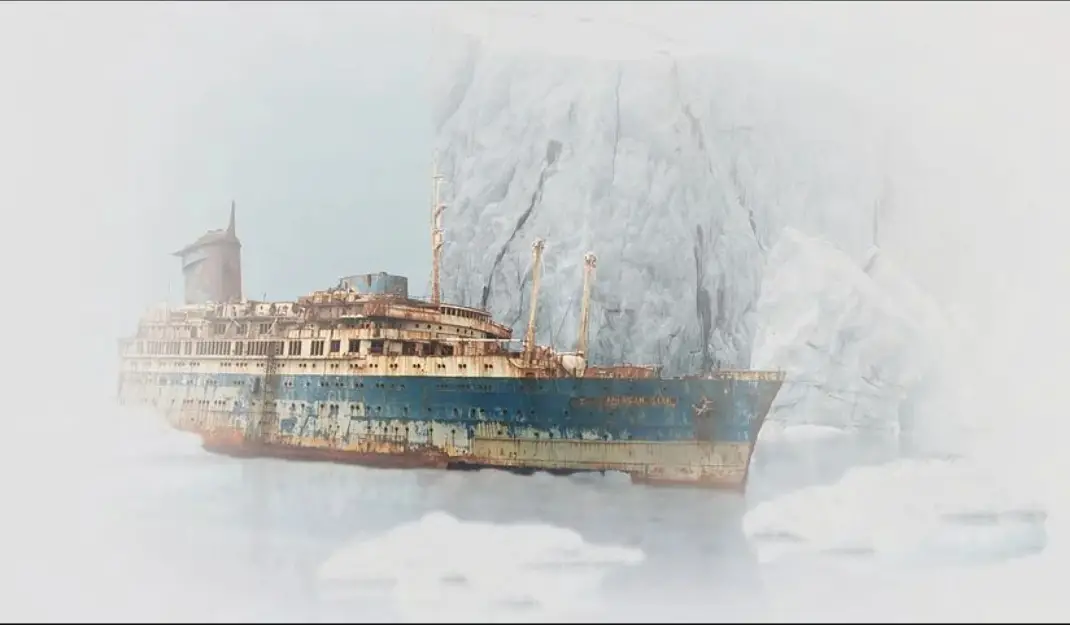The Wreck of the Titanic by Benjamin Peck Keith
Introduction
As the title alludes,this is a poem about one of the greatest tragedies of the sea, the wreck of the Titanic on 14 April 1912. The ship collided with an huge iceberg and sank to the bottom of the Atlantic Ocean. However, this disaster has uncovered some of the finest deeds of bravery and heroism of a few people, including Captain Smith and the crew.
This gripping tale recounts the tragic events surrounding the sinking of the Titanic, a luxurious passenger liner, on its maiden voyage in 1912. The author skillfully weaves together historical facts and personal narratives to create a vivid and emotional account of the disaster.
The story begins with the introduction of the Titanic, highlighting its grandeur and the excitement surrounding its departure. As the ship sets sail, the author introduces key characters and their experiences on board, painting a picture of the diverse passengers and crew members. However, tragedy strikes when the Titanic collides with an iceberg, leading to its eventual sinking.
The narrative delves into the chaos and panic that ensues as passengers scramble for lifeboats and struggle to survive in the freezing waters. Keith’s detailed descriptions of the ship’s demise and the harrowing experiences of those on board evoke a sense of fear and despair.
Throughout the story, the author explores themes of human resilience, sacrifice, and the fragility of life. He also raises questions about the role of class and privilege in determining survival during such a catastrophe.
In conclusion, “The Wreck of the Titanic” by Benjamin Peck Keith is a captivating account of one of the most infamous maritime disasters in history. Through his meticulous research and compelling storytelling, Keith brings to life the tragic events and the human stories behind them. This summary provides a glimpse into the depth and impact of this remarkable book.
Summary/Appreciation of The Poem
The famous poem titled “The Wreck of the Titanic” by Benjamin Peck Keith is a poem that exalts the bravery and courage of the captain and crew of the Titanic on their maiden voyage. The first three stanzas are about the grandeur of the boats. The poet calls the ship a “poem of iron and steel.”
On the tragic night when it collided with a massive iceberg, Captain Smith, the valiant captain of the ship, never thought of saving himself for a moment. He stood on the bridge and called the crew to be courageous and to be loyal to the ideals of their country. They replied to his call to ‘be British’ and made their country proud.
The time when the life boats were lowered one by one and sent out, the band proceeded to perform the song “Nearer my God to thee.” It’s going to be hard to find such an awfully grand scene somewhere else in history. The poet then recalls a sequence of historical incidents in which equal courage was displayed such as the tales of Trafalgar, Alamo, Waterloo, The charge of “The Light Brigade” and the “The Prairie Belle” act of Jim Bludso. In all these tales, the storey of the Titanic can still be seen by the future generation as a sublime illustration of the bravery displayed with the utmost nobility.The poet says that the bravery of the Titanic heroes is “more noble and true” and “sublime sound.” These people’s strength and courage will be remembered forever.
The poem is composed of 10 stanzas. Again, each of these stanzas is composed of 4 lines. The whole poem, thus, consists of 40 lines in all. This poem is composed in rhyming couplets. The figures of speech such as the metaphor, the alliteration, the assonance and the consonance give considerable elegance to the poem. The metaphors of the ship’s dream of the sea and the poem of iron and steel are striking. The plain words used are deliberately selected to evoke the feelings of the poet.
The poet has used simple and clear language. He has also made use of many poetic devices like metaphor and personification.The ship is described as an iron and steel poem. It is also described as a sea- dream. We are also able to see personification.The ship is personified and described as a beautiful lady. The poem follows regular aabb rhyme scheme. The poem also provides insights into the management of crises, patriotism and chivalry.
Theme of The Wreck of the Titanic
The major theme discussed here is that of courage, fate, shipwreck. Emotion of patriotism, valour are evoked while reading the poem. The poem has teaches us how we can behave at a time of tragedy. This poem highlights the virtues of life such as bravery, compassion, devotion to service, and patriotism.

